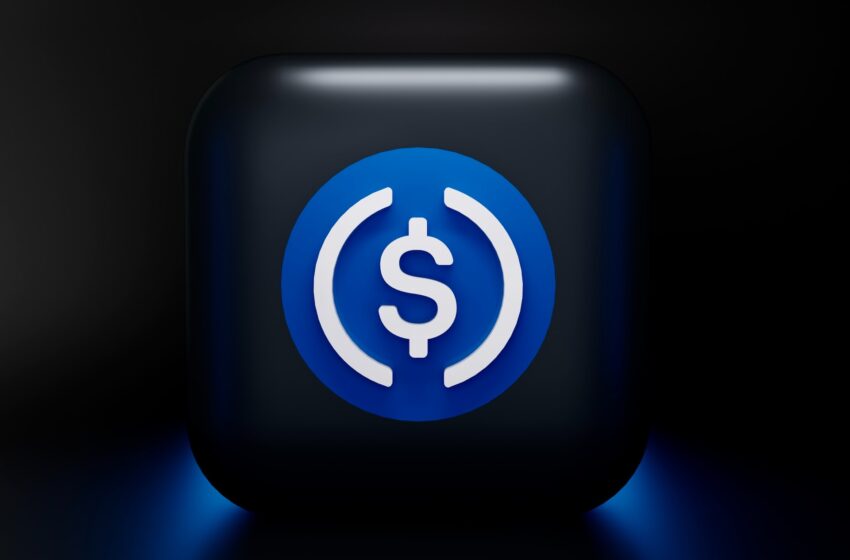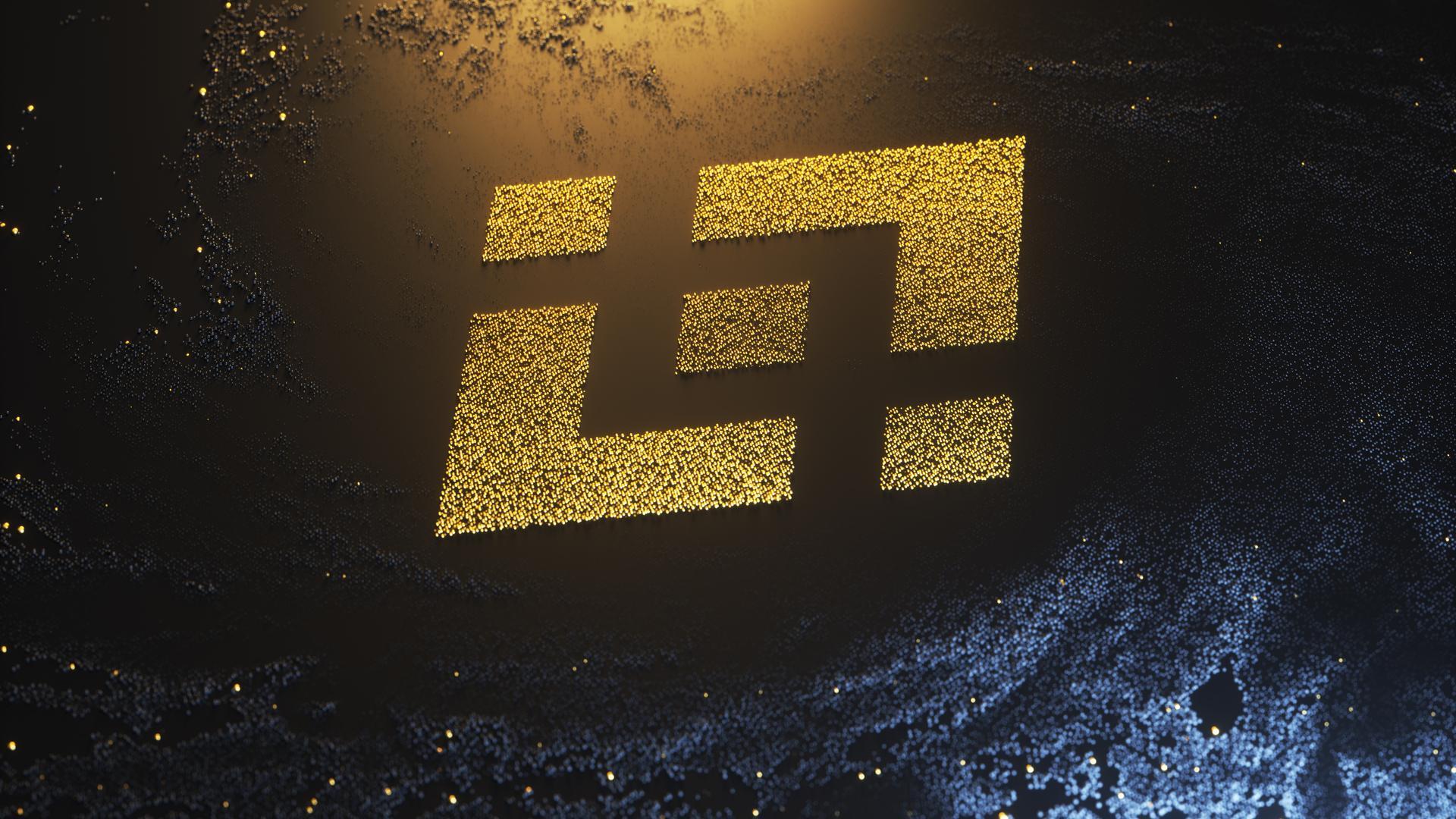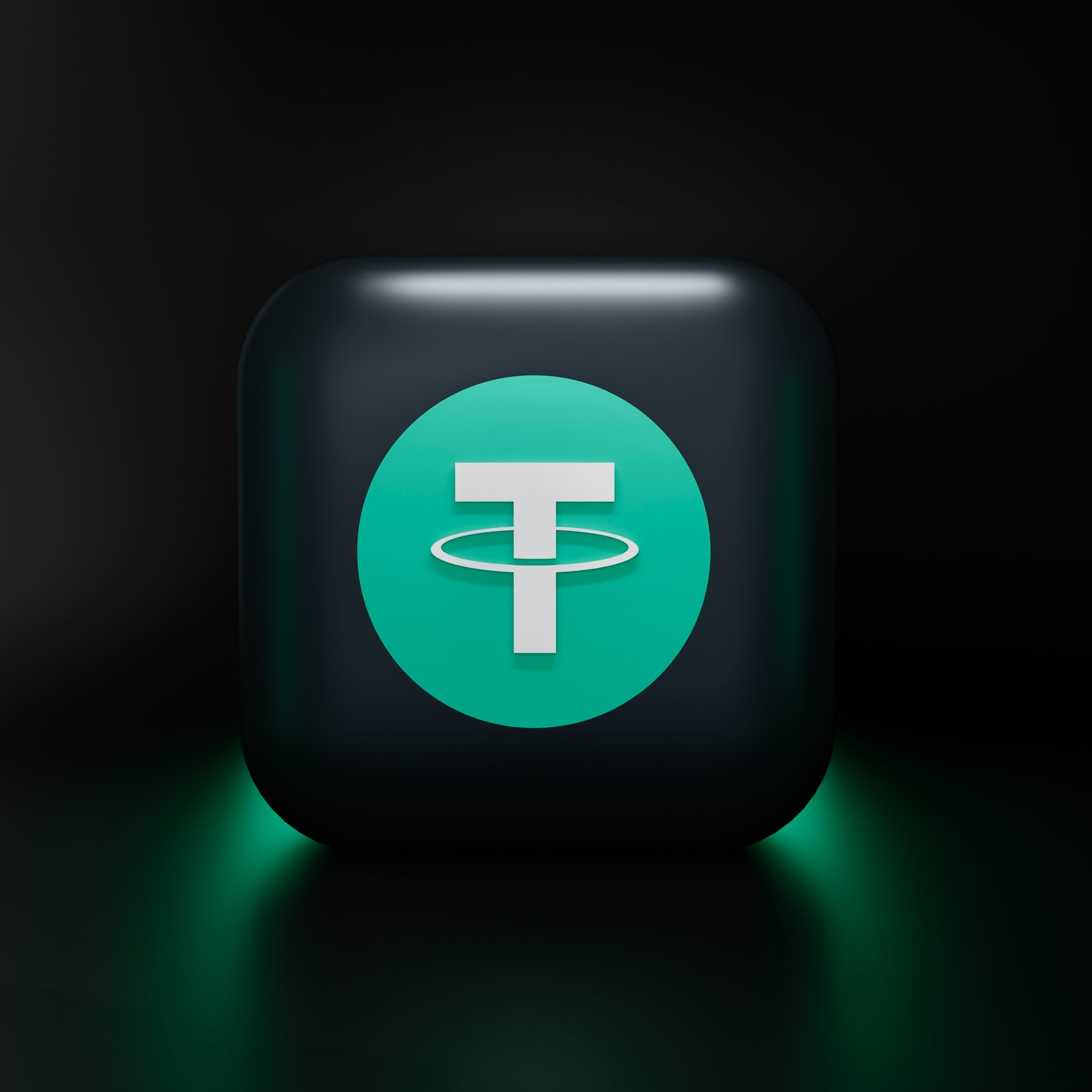
Cryptocurrency USD Coin
As cryptocurrencies become more important and more popular. Stable-priced currencies such as the US dollar (and similar stable currencies such as the euro, pound sterling, yen, yuan, etc.) are critical to ensure the mass adoption of blockchain technology for payments, as well as support on smart contract platforms. In this regard, today we will talk about the USD Coin Stablecoin (USDC).
What is USD Coin (USDC) cryptocurrency
USD Coin (USDC) is a stable dollar-linked coin launched in 2018 by Coinbase and Circle Financial. Unlike Tether, USD Coin operates in a fully regulated U.S. market and publishes a full audit of its dollar reserves.
USDC was created and launched in September 2018 by CENTER, an open-source consortium developing a decentralized network of fiat stablecoins. CENTER was founded in 2017 by Circle and Coinbase (Circle is a peer-to-peer payment technology company founded by Jeremy Allaire and Sean Neville in October 2013 and Coinbase is a popular cryptocurrency exchange founded in June 2012 by Brian Armstrong and Fred Ersam). CENTER’s goal is to develop a pricing system, stable cryptoassets, management and network protocols for USDC and other stable coins.
Unlike other stable coins, which have only one issuer, USDC is designed for multiple issuers as more and more organizations join the CENTER consortium. The technology and governance structure was developed by CENTER, but other organizations can trade the token as well. Circle and Coinbase are the first commercial issuers of USDC.
Features of USD Coin Cryptocurrency (USDC)
USDC is a fully collateralized stable coin built like the Ethereum ERC-20 token. For every USDC in circulation, there is a dollar locked in an escrow account. This keeps the value of USDC at $1 because there is no risk of volatility. While the founders of USDC do not explicitly say so, they clearly created a stable coin in response to Teter’s opaque transactions: “Existing approaches lacked financial and operational transparency, operated in unregulated offshore jurisdictions with unknown banking and auditing partners, and were built as closed-loop ecosystems and closed-source technology.”












